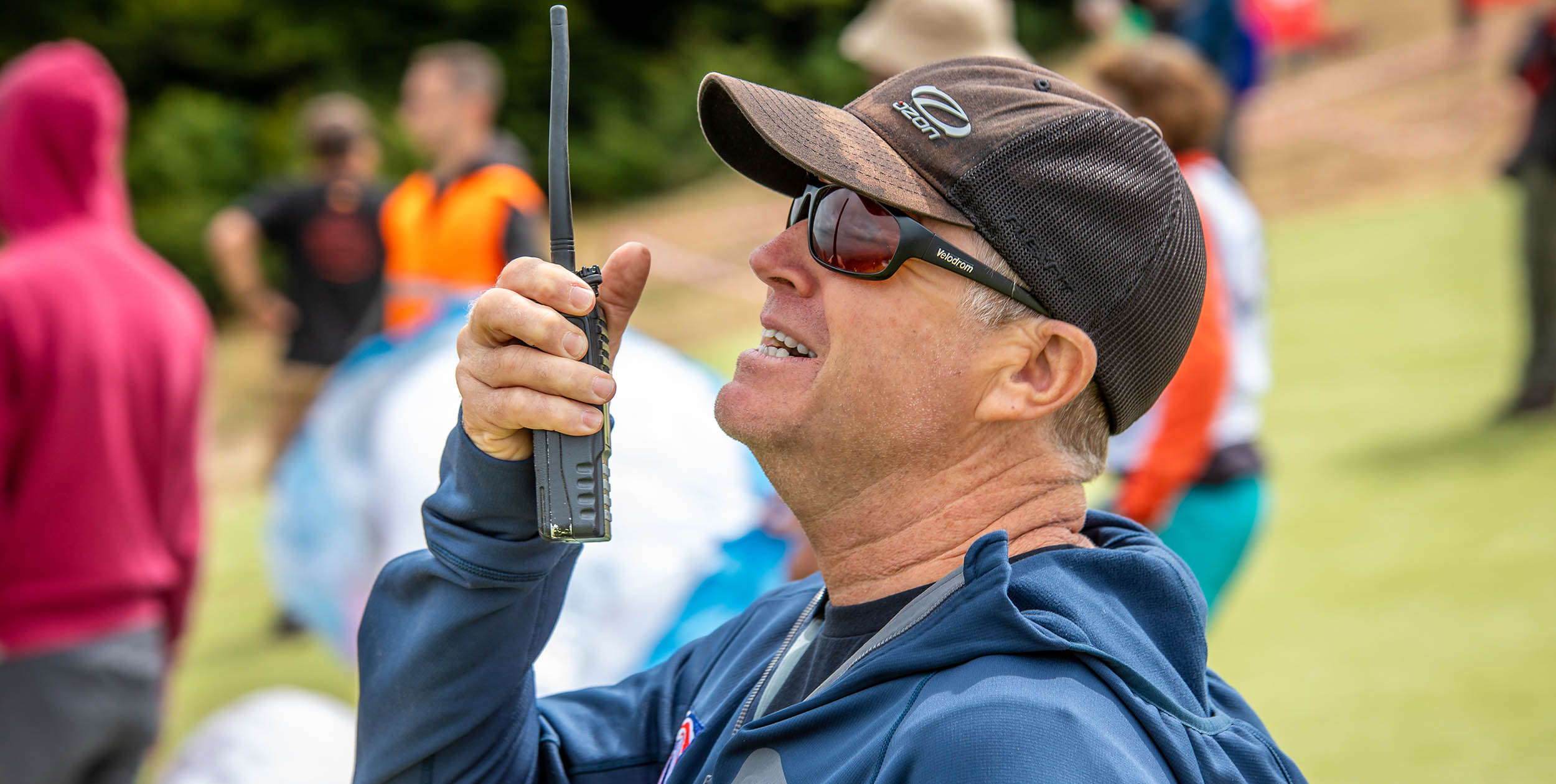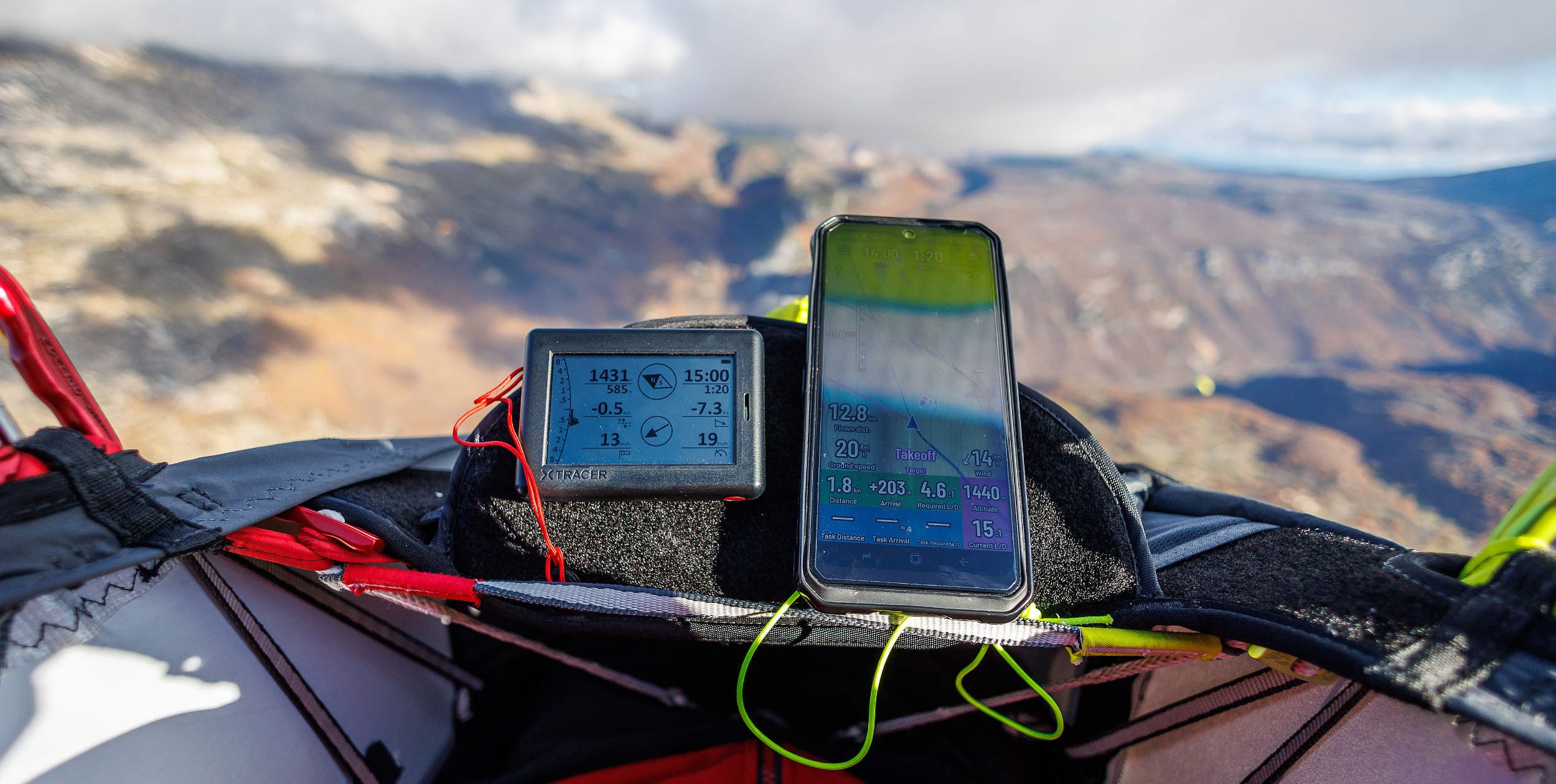No matter how much of a natural a pilot might be, there are some things that our natural talents cannot deal with. The more subtle the situation, the harder it is for our inbuilt gyroscope and sensors to register. This is where technology can definitely assist us in making important and correct decisions.
Kelly Farina unravels some of the features available on modern flight instruments, and explains how to use them to help us fly further or faster.
Thermal mapping indicator
Some instruments use a ‘black dot’ for thermal mapping help. It seems to work well when the climb is strong but this is no substitute for a real mental-mapping technique. When climbs are weak the dot is unreliable.
It can be useful if a pilot really loses the core, but it should just be reinforcing what a pilot feels. It should not be stared at endlessly while chasing it around the sky. ‘Dot-chasing’ is not the way to go.
Vario averager
The vario averager is useful. I like to set it at 16 seconds, the time it takes for me to complete a full turn. This value will let me know how many metres per second, average, were gained on the last 360. This can help me understand whether I’m winning or losing the battle when climbing, especially when lift is broken or weak.
Groundspeed
This simply tells us how fast we are moving over the ground. It is nothing to do with the speed of the wing through the air. When gliding into-wind or cross-wind it can be beneficial to apply the speed system. I try to accelerate the wing so that my groundspeed resembles something close to our trim (hands-off) airspeed. Roughly 36-37 km/h. This is just a rule of thumb and simple to work out. Groundspeed also enables your device to work out wind speed and wind direction, which is important information.
Distance to goal
This is a helpful feature on both long and short XC routes. It simply works out the distance around all turnpoints, usually measured around the radius that is given to each waypoint. It’s very encouraging to see this number go down after every glide.
L/D needed to goal
By knowing the distance around all remaining waypoints, your altitude and altitude of the goal-field, the instrument can give you the glide angle needed to glide around all points en route.
If the goal is distant, expect a very large number – eg 150:1 – that will slowly decrease as you climb, only to get depressingly large again on each glide. Don’t pay too much attention to it until it starts to become a realistic number.
‘Realistic’ depends upon whether you are flowing with or fighting against the wind, so this can alter radically. In zero wind expect to make goal with around 8:1, though this is obviously displaced both negatively and positively by wind and sink.
When you first start flying tasks, aim to get this number as small as possible before embarking on your last glide. Arriving too high is always better than landing short. As you gain experience you start to learn how to fly more efficiently and faster and will start to arrive lower.
Current L/D
This is our glide ratio through the air. Expect any headwind component to degrade this value, as will sink. It’s actually surprising how fast doubling our sink will half our glide: 5:1 won’t get us very far. On the bright side it also works inversely: half the sink-rate and our glide-ratio is doubled. Expect the same with windspeed: a 15km/h headwind and an extra metre per second of sink can see us glide at around 2:1.
Last transitional glide
The next two are similar, though should perhaps be displayed on different screens. Last transitional glide is good to look at after a glide, while climbing. It tells you what your actual glide ratio was on the last glide you made. That can help you plan the next glide, if gliding to a set goal that’s over similar terrain and into similar conditions. It can also help you work out how high you’ll need to be before embarking on your final glide.
Glide made good
This is basically the average glide over the flight. When set against your Final Glide, it can warn you that you need to either slow down and climb, or that you’ll make it to where you want to go.
L/D to next turnpoint
A lot of this stuff is really only helpful when you wish to glide to the ground at the end of the flight. However, ‘L/D needed to next turnpoint’ is one I often use to see if it’s worth sticking with a climb. This becomes very important to know when there is an into-wind component. The further the turnpoint is, the larger the L/D required. The number changes quickly when something changes with our position, for example when we’re climbing.
Setting up your instrument properly can take time and experimentation, but a well set-up display can enhance your flying, freeing your mind to focus on the task in hand.









